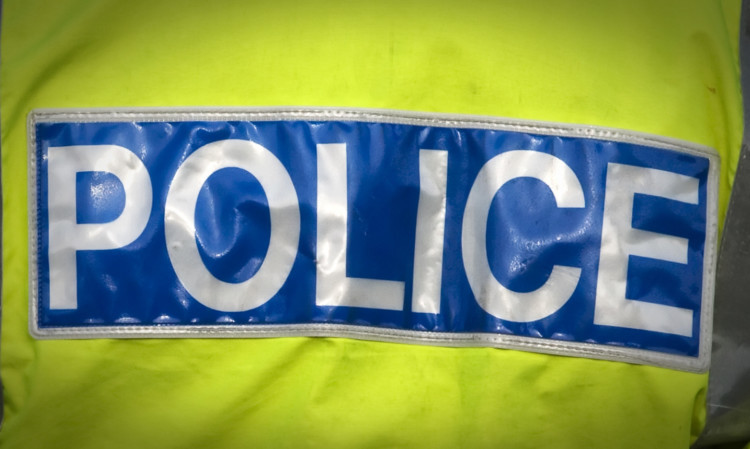The Scottish Tories have claimed police in Dundee are going “over the top” in their use of stop and search procedures.
Official figures show that members of the public were subjected to such searches 9,344 times in the first three quarters of 2013/14.
That was just over double the number recorded in the same period the previous year and works out to an average of 34 every day.
The figures include both statutory searches, which require reasonable suspicion, and non-statutory searches which require no suspicion and can be refused by the person who has been stopped by officers.
North East regional MSP Alex Johnstone said: “Stop and search is a useful tool for Police Scotland when used properly, but these figures indicate an over the top approach that will unsettle people in Dundee and understandably so.”
A recent Scottish Police Authority report said stop and search tactics did contribute to a reduction in violence and anti-social behaviour, but it was difficult to quantify its impact.
There was no causal link between such reductions and the number of searches carried out.
The SPA report also highlighted that the majority of officers interviewed agreed that “many of those searched on a non-statutory basis may not be aware that they have the right to decline”.
Mr Johnstone said: “I’m concerned that people here are being stopped unnecessarily and not properly informed of their rights, which is completely unacceptable.”
Mr Johnstone continued: “When the officers carrying out stop and search are admitting people are not being informed of their legal rights, serious questions must be asked about current procedure.
“The police do a vital job in Dundee and hopefully the report’s recommendations can be given due consideration.”
The SPA report warned: “Stop and search, if inappropriately applied, has the potential to cause a loss of confidence within the community which could undermine the principle of policing by consent and damage the ability of the police to work in partnership with the community to tackle crime.”
It recommended that Police Scotland should ensure that its use of stop and search is proportionate to crime rates and the risk of offending and is targeted at the right people, right place and right time.
Dundee is among the five local Scottish local authorities with the highest crime rates, along with Aberdeen, Edinburgh, Glasgow and West Dunbartonshire.
Police in the city have previously defended the use of stop and search.
Former Tayside division commander Hamish Macpherson told councillors earlier this year that it was an effective means of preventing crime and only a handful of people had complained about being searched.
He insisted that officers were not being given targets for how many people to stop.
In April, Detective Chief Inspector Andy Goodwin said: “Our officers will use stop and search activities by consent, or wherever an individual comes to the police’s attention for related or unrelated matters, or indeed where our officers are suspicious of a person’s behaviour or the circumstances we find them in.
“Police Scotland’s intentions are to keep people safe and we firmly believe that proactive policing of this kind is successful in reducing serious violent crime and that the public are reassured by our actions.”
